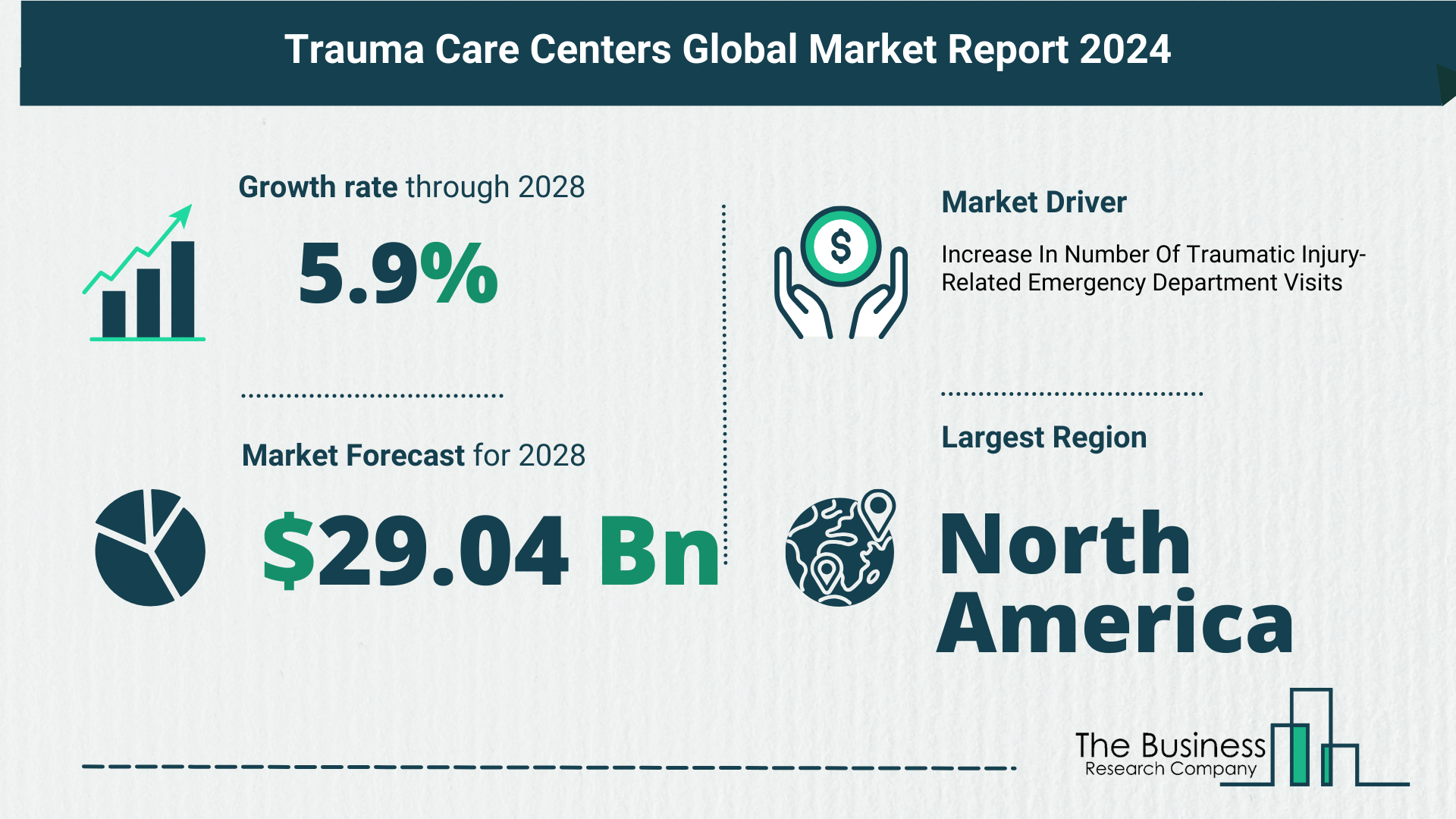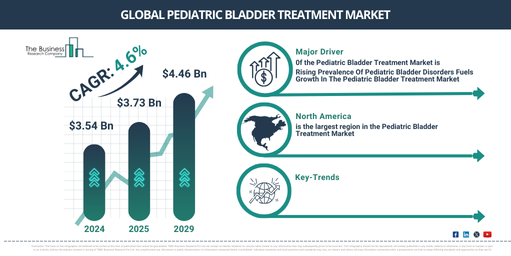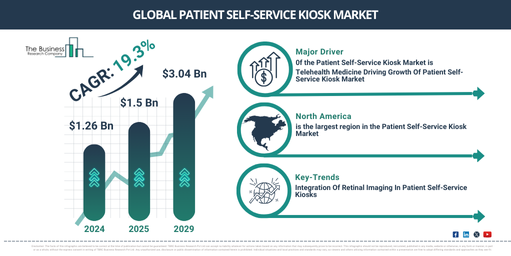5 Takeaways From The Trauma Care Centers Market Overview 2024
The Business Research Company’s global market reports are now updated with the latest market sizing information for the year 2024 and forecasted to 2033
According to The Business Research Company’s Trauma Care Centers Global Market Report 2024, the trauma care centers market is expected to show promising growth in the forecast period.
The Trauma Care Centers market has witnessed robust growth in recent years, with a projected increase from $21.74 billion in 2023 to $23.1 billion in 2024, marking a Compound Annual Growth Rate (CAGR) of 6.2%. This growth is attributed to various factors such as advancements in emergency medical services, triage protocols, trauma training programs, innovations in trauma surgery, and collaborations with law enforcement.
- Rising Traumatic Injuries Fueling Market Growth:
The surge in traumatic injury-related emergency department visits is a significant driver for the growth of trauma care centers. Traumatic injuries, sudden and severe in nature, necessitate immediate medical attention. This increase is evidenced by the Centers for Disease Control and Prevention’s prediction of around 130 million emergency department visits in America, with 35 million related to injuries. Notably, penetration trauma increased from 10.3% to 13.0% in 2021, underscoring the urgent need for quality trauma care services.
- Statistics and Projections: Centers for Disease Control and Prevention report on emergency department visits.
- Incidence of Penetration Trauma: National Library of Medicine’s research findings.
- Market Growth Drivers: Demand for improved trauma care services.
- Trauma Care Market Projections and Key Trends:
The market is poised for substantial growth, reaching $29.04 billion in 2028 at a CAGR of 5.9%. Factors contributing to this forecast include geriatric and pediatric trauma care, advanced diagnostic tools, public health initiatives, and global trauma center expansion. Key trends in the forecast period include the integration of advanced imaging technologies, telemedicine, trauma training and simulation, multidisciplinary trauma teams, and data-driven care.
- Market Projection: Trauma care market size estimated for 2028.
- Contributing Factors: Geriatric and pediatric trauma care, advanced diagnostic tools, global expansion.
- Key Trends: Advanced imaging technologies, telemedicine integration, trauma training, multidisciplinary teams, data-driven care.
View More On The Trauma Care Centers Market Report 2024 – https://www.thebusinessresearchcompany.com/report/trauma-care-centers-global-market-report
- Research and Development Elevating Trauma Care:
Research and Development (R&D) activities emerge as a pivotal trend in the trauma care centers market. Organizations are investing in R&D to strengthen their positions and provide optimal treatment for trauma patients. A noteworthy example is the Boston University School of Public Health’s launch of the Center for Trauma and Mental Health (CTMH), focusing on understanding and addressing the health impacts of trauma.
- Key Trend: Research and Development activities in trauma care.
- Case Study: Boston University’s Center for Trauma and Mental Health.
- Mission and Objectives: Comprehensive understanding of traumatic events and their repercussions.
- Strategic Acquisitions in the Trauma Care Landscape:
In February 2022, Criticare Asia Hospitals made a strategic move by acquiring Kohinoor Hospital, a multi-specialty hospital in India. This acquisition positions Criticare as a leading advanced multispecialty hospital, equipped with 24-hour trauma care facilities. Such acquisitions contribute to the expansion of trauma care services globally.
- Strategic Acquisition: Criticare Asia Hospitals acquiring Kohinoor Hospital.
- Impact on Services: Enabling Criticare to become a comprehensive healthcare provider.
- Global Expansion: Increasing capabilities to address major and minor health issues.
- Market Segmentation for In-Depth Analysis:
The trauma care centers market is segmented based on various criteria, providing a nuanced understanding of the industry. Segmentation includes facilities (in-house, standalone), types of trauma (falls, traffic-related injuries, stabs/cuts, burns, brain injuries, others), and services (inpatient, outpatient, rehabilitation).
- Facility Segmentation: In-house vs. Standalone trauma care centers.
- Trauma Types: Falls, traffic-related injuries, stabs/cuts, burns, brain injuries, others.
- Service Segmentation: Inpatient, outpatient, rehabilitation.
- Regional Dynamics: North America Leading, Asia-Pacific Accelerating:
In 2023, North America dominated the trauma care centers market, while Asia-Pacific is anticipated to be the fastest-growing region in the forecast period. Regional dynamics play a crucial role in shaping the trajectory of the trauma care industry.
- Regional Dominance: North America leading in 2023.
- Forecast for Asia-Pacific: Expected to be the fastest-growing region.
- Implications for Market Dynamics: Regional factors influencing market trends.
Conclusion: The trajectory of the trauma care centers market is marked by substantial growth, driven by increasing traumatic injuries, strategic acquisitions, research and development endeavors, and evolving market dynamics. As the industry embraces technological advancements and global expansions, it is poised to meet the growing demand for high-quality trauma care services in the coming years.
Request A Sample Of The Global Trauma Care Centers Market Report 2024:
https://www.thebusinessresearchcompany.com/sample_request?id=7540&type=smp



